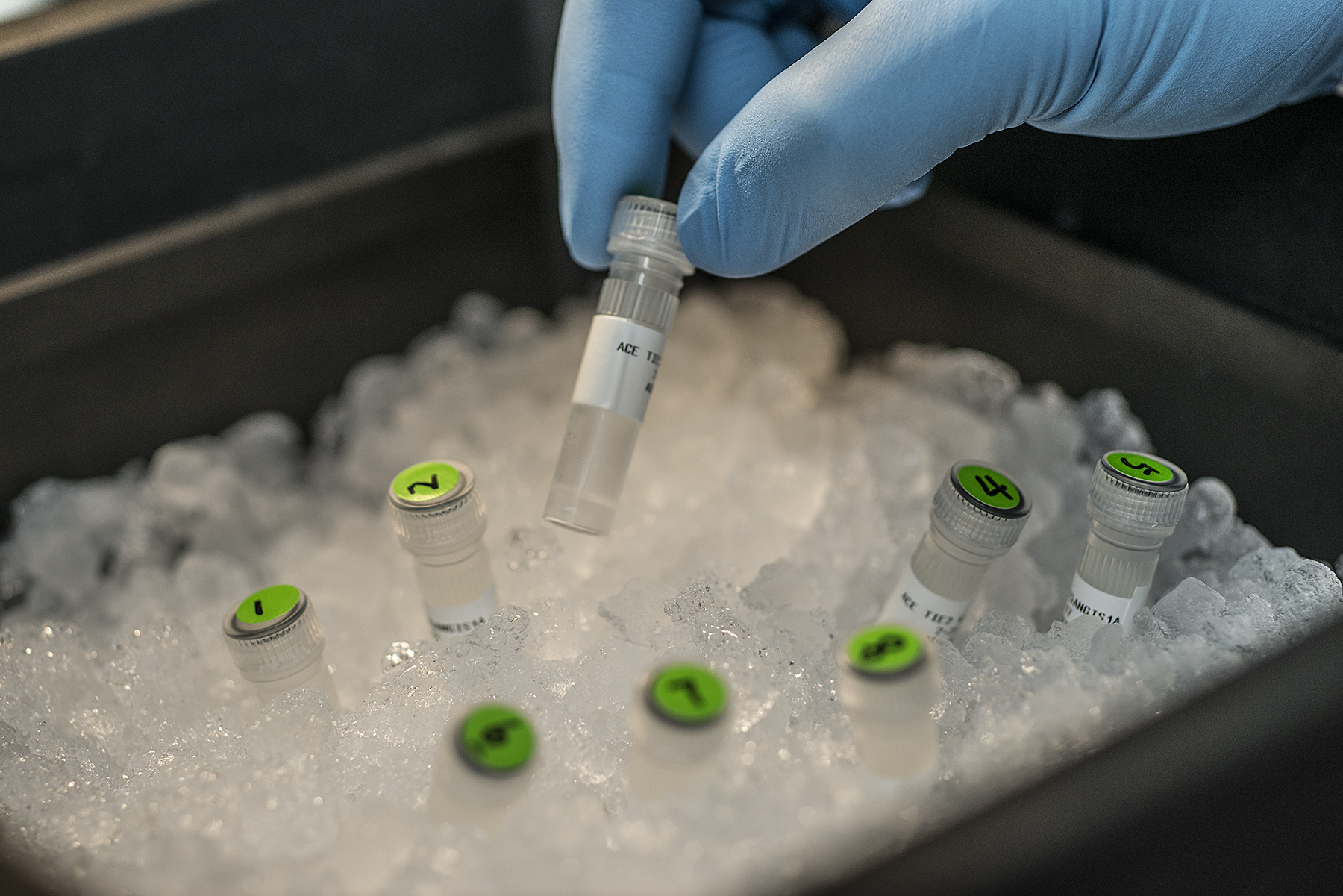"Targeting hepatic heparin-binding EGF-like growth factor (HB-EGF) induces anti-hyperlipidemia leading to reduction of angiotensin II-induced aneurysm development"
OBJECTIVE:
The upregulated expression of heparin binding EGF-like growth factor (HB-EGF) in the vessel and circulation is associated with risk of cardiovascular disease. In this study, we tested the effects of HB-EGF targeting using HB-EGF-specific antisense oligonucleotide (ASO) on the development of aortic aneurysm in a mouse aneurysm model.
APPROACH AND RESULTS:
Low-density lipoprotein receptor (LDLR) deficient mice (male, 16 weeks of age) were injected with control and HB-EGF ASOs for 10 weeks. To induce aneurysm, the mice were fed a high fat diet (22% fat, 0.2% cholesterol; w/w) at 5 week point of ASO administration and infused with angiotensin II (AngII, 1,000ng/kg/min) for the last 4 weeks of ASO administration. We confirmed that the HB-EGF ASO administration significantly downregulated HB-EGF expression in multiple tissues including the liver. Importantly, the HB-EGF ASO administration significantly suppressed development of aortic aneurysms including thoracic and abdominal types. Interestingly, the HB-EGF ASO administration induced a remarkable anti-hyperlipidemic effect by suppressing very low density lipoprotein (VLDL) level in the blood. Mechanistically, the HB-EGF targeting suppressed hepatic VLDL secretion rate without changing heparin-releasable plasma triglyceride (TG) hydrolytic activity or fecal neutral cholesterol excretion rate.
CONCLUSION:
This result suggested that the HB-EGF targeting induced protection against aneurysm development through anti-hyperlipidemic effects. Suppression of hepatic VLDL production process appears to be a key mechanism for the anti-hyperlipidemic effects by the HB-EGF targeting.
